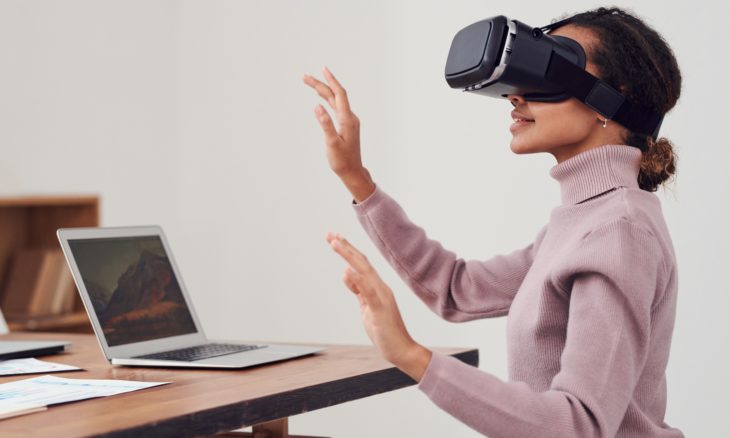Augmented reality (AR) adds virtual elements into the real world, helping people have highly immersive and memorable experiences. According to statistics from International Data Corporation (IDC), worldwide spending on AR and virtual reality (VR) will reach $18.8 billion in 2020, representing a 78.5% increase from the amount forecasted in 2019.
Companies can use AR in numerous ways, but depending on it for marketing purposes is becoming common. Here are five potential augmented reality marketing applications to consider.
Let People Experience New Cars at Home
One of the most promising perks of AR is that it lets people see virtual versions of products appear in front of them at home. Ford capitalized on that option when it launched an AR Snapchat filter so users could explore the EcoSport SUV without going to a dealership or auto show.
This is a compelling AR marketing option because it brings large products directly to customers. Plus, seeing an AR version of a new car or any other item could seem far more exciting than merely reading product specifications online.
Bring AR to Your Conferences and Other Events
Statistics indicate that more than 200,000 events feature AR applications annually. You could turn the technology into marketing success for your company by showing 3D models of items in development, gaining sponsorship for your AR displays or even encouraging event attendees to go on an AR scavenger hunt.
Including an AR installation at the next event your company attends could drive traffic to your booth, help people get acquainted with AR and familiarize them with your company. Many individuals have heard of AR but haven’t tried it themselves yet. Thus, you can engage with your audience in a new way by urging members to experience it at an event that features your company.
Use AR to Inform Travelers in a New City
A London startup called Freddy wants to apply AR to help visitors navigate their surroundings. Besides giving them information about points of interest, it hides real prizes, such as concert tickets, around the world for people to find. App users follow an AR robot named Freddy as they roam different cities.
The company allows people to create their own tours and sell them on the app. Plus, marketers can create “pins” for their businesses on the app that pop up when a person is near it. The pins can also feature coupons to encourage people to stop in and buy something as they explore a destination. These augmented reality examples urge tourists to get informed in dynamic ways that support local businesses.
Allow Customers to Try Makeup or Clothes Before Buying Them Online
Lots of people love the convenience of shopping online. However, they may feel doubtful when purchasing something they’d rather try before buying, such as cosmetics or attire.
AR can help consumers feel more confident about their purchases. Some recent augmented reality examples include Macy’s AR app that enables users to try on more than 1,000 cosmetics products from various brands. Similarly, a fashion retailer created a virtual catwalk that uses AR to let people see what garments look like on different sized models.
Make Home Improvement or Decorating Tasks Easier to Envision
People who decide to dive into home improvement or decorating projects often have vivid images of the desired results in their minds’ eyes. Bringing those visions to life isn’t always straightforward, though. Some companies invested in AR marketing to change that.
Paint brand Dulux offers an AR app to let people see various hues before adding them to their walls. The IKEA Place app relies on AR to help people put pieces of furniture in their homes to see if they fit and look nice. Applications like these get people more familiar with brands while removing barriers that may otherwise prevent purchases.
Augmented Reality Marketing Possibilities to Adopt
Regardless of your AR marketing budget or plans, these examples show why technology could help you succeed. Consider them to spark your efforts.






